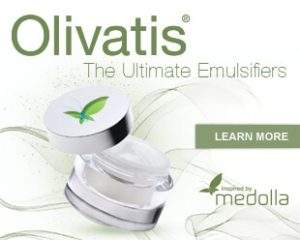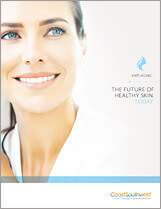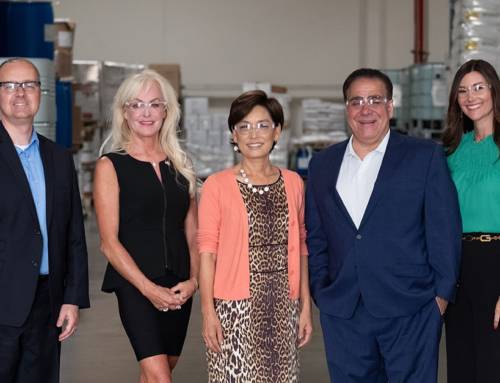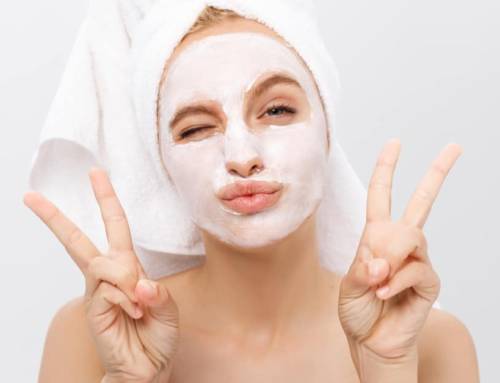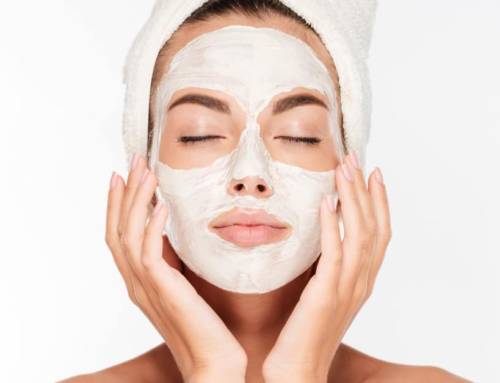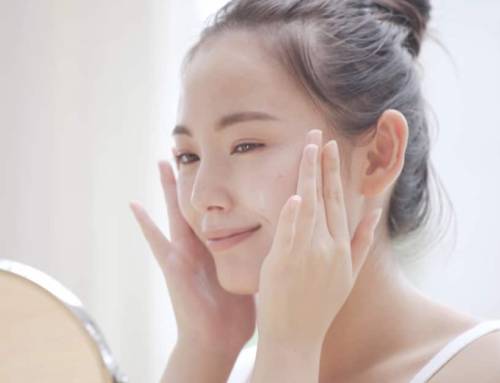Fraudulent Cosmetics Scams Are On The Rise
There’s been a recent uptick in fraudulent cosmetics products sold within the United States, much to the alarm of law enforcement, government officials, and industry professionals.
The knockoff cosmetic issue has grown so out of hand, even the FBI has issued a warning to consumers:
“The volume of counterfeit cosmetics arriving in the U.S. is on the rise. The Internet has given consumers widespread access to health and beauty products—some labeled with “anti-aging” properties—that they don’t know are fake. Counterfeiters of personal care products increasingly view dealing in these fake items as a low-risk crime since many of them are located outside the U.S.” Scams and Safety: Fraudulent Cosmetics and Anti-Aging Products
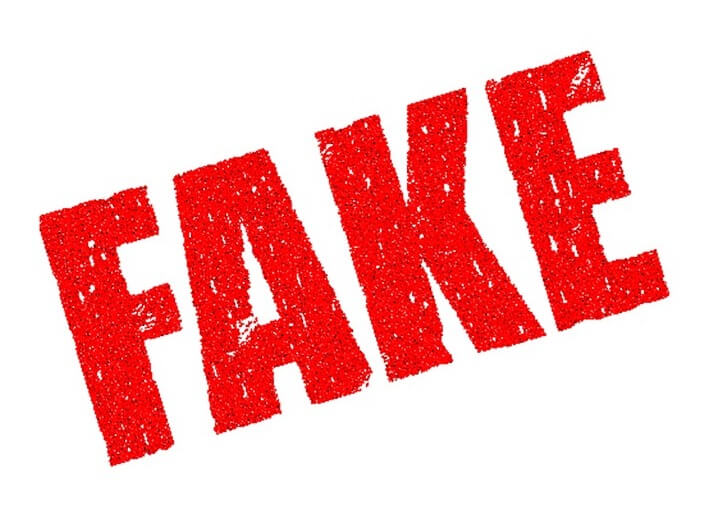
A shadowy online marketplace
Government agencies blame the recent uptick of counterfeit makeup and cosmetic products on the online marketplace.
Thanks to the ubiquity of e-commerce websites, counterfeiters have expanded access to consumers who want to score a cheaper price on a trendy makeup product. Nearly identical in branding and packaging to the real thing, these knockoff cosmetics look like a great steal to consumers.
However, these “too good to be true” prices on name brand products do come at a price. Namely, to consumer health and safety.
Contaminated cosmetics
Many consumers believe cheap, name-brand cosmetics are simply overstock or extra product, resold from manufacturers at a lower price. But, the truth is much grimmer. Counterfeit products may look like replicas of their true counterparts, but are frequently doctored with unsafe ingredients and tainted with contaminants.
“Government and industry studies and testing have discovered dangerous ingredients within counterfeit “anti-aging” products. Fraudulent cosmetics may contain arsenic, beryllium, and cadmium—all known carcinogens—along with high levels of aluminum and dangerous levels of bacteria from sources such as urine. Some of these products have caused conditions like acne, psoriasis, rashes, and eye infections,” explains the FBI.
The health risk of using counterfeit products is huge. Not only can fake makeup products cause allergic reactions and irritation like swelling, rashes, bumps, and redness, there’s also the potential of more severe consequences.
“Counterfeit makeup often contains known carcinogens,” Dr. Bobby Buka, a dermatologist, told Healthline. “It also has an alarming number of potentially infection-causing bacteria that can lead to scarring, burning, and disfigurement.”
Unsafe and unsanitary worker conditions
Counterfeit makeup often contains known carcinogens
In addition to the health risk fraudulent cosmetics pose to consumers, there’s also a health risk posed to the workers. Counterfeit cosmetics are produced in unregulated production facilities ranging from garages to abandoned warehouses, where sanitation is the last concern.
“If I could paint a picture of what it’s like in one of these [counterfeit factories in China]… If you took the most disgusting frat house bathroom, it looks like a surgical suite compared to these conditions. It’s filthy, there’s bacteria everywhere… it’s disgusting,” Greg Marrazzo, the Senior Vice President, Deputy General Counsel of Estée Lauder Companies, told Ranker.
In short? Without any kind of regulation, creating fake makeup is a seriously dirty business.
“These counterfeit products… are made in terribly unsanitary working conditions with ingredients that are not only different from what you expect but potentially harmful in and of themselves,” Dr. Janet Prystowsky, founder of Livad Skin Care, said in a recent interview.
Fanning the flames
Last year, the Los Angeles Police Department seized over $700,000 worth of counterfeit cosmetics in the Fashion District. The product knockoffs included counterfeits labeled with Anastasia, NARS, MAC, Urban Decay, and Kylie Cosmetics branding. All of the seized counterfeits were found to be contaminated with high levels of bacteria and animal waste.
Since this major bust, authorities have been on high alert for similar scams – and sounding the alarm bell for consumers about the dangers of purchasing fake cosmetics.
“Busted! Major Task Force hits 21 locations in the @LAFashionDist and nets $700,000 in Counterfeit cosmetics found to contain bacteria and human waste. The best price is not always the best deal! #ProtectingOurCommunity” Commander Marc Reina tweeted after the bust.
How to help stop the bad guys
If an industry member or a consumer spots this kind of fraud in progress, it’s up to them to alert the authorities – and help protect others from the dangers. To report fraudulent cosmetics or suspicious activity, alert MedWatch: The FDA Safety Information and Adverse Event Reporting Program.

